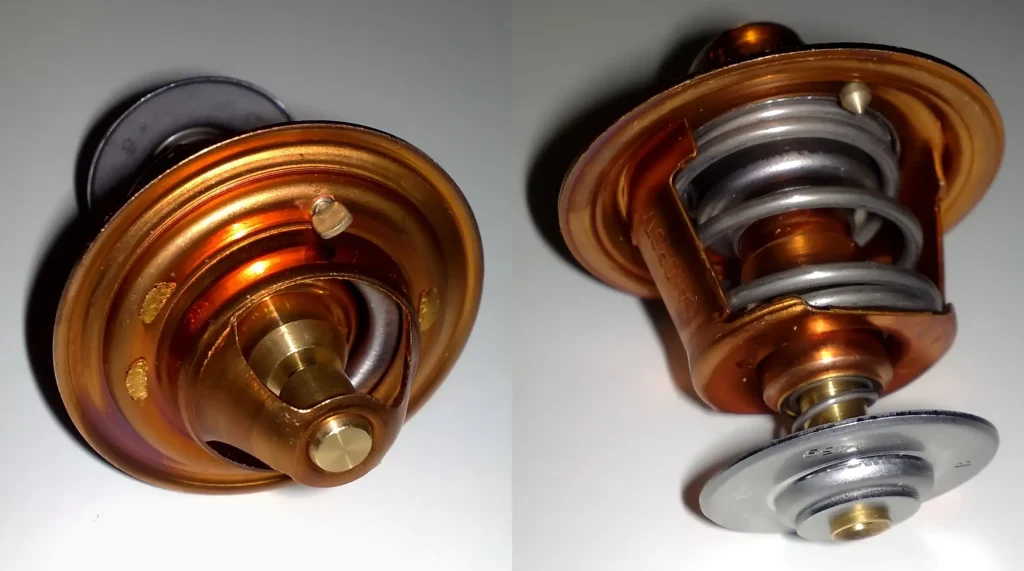How Does a Car Thermostat Work?
A car thermostat is a critical part of the cooling system in an internal combustion engine. It works alongside the radiator to cool the engine. When the temperature inside the engine reaches a certain level, the thermostat opens, allowing coolant to flow from the engine to the radiator. This is a simple but effective process that prevents the engine from getting too hot or too cold.
Typically, the thermostat is connected to either the upper or lower radiator hose. In most vehicles, the thermostat is about two inches long and five centimeters in diameter. The cylinder inside the thermostat is filled with a wax-like material.
This special wax expands when the temperature of the coolant inside the engine reaches a certain level. Eventually, the wax will melt and open the duct gate. Coolant will now flow from the engine to the radiator through the opening in the cylinder.
While the thermostat can be thought of as an integral part of the cooling system, it is actually a complex piece of technology. It is controlled by several relays that monitor the temperature of the cooling water. These relays are arranged in a feedback loop to ensure that the appropriate amount of cooling water is delivered to the radiator.
Another important element of the car’s cooling system is the fan. In addition to the fan, the cooling system contains a water pump. Water enters the top of the radiator and then flows around the engine through a water jacket. Air is then cooled through the radiator’s fan.
Although a thermostat is a small part of the engine, it plays a very significant role in keeping the engine operating at a safe temperature. If the engine is too warm, it could damage the radiator or other parts of the cooling system. At the same time, it may decrease fuel economy.
Most cars have a separate indicator that illuminates when the engine is starting or when the temperature is below a certain level. It typically shows a blue thermometer icon in the water. However, a high-temperature warning light is also available.

The temperature-sensing relay contacts are mounted on the engine block side of the radiator. Depending on the type of thermostat, it is possible to have one or more of these lights blinking away.
The car thermostat is a vital component in the cooling system of a modern internal combustion engine. When the coolant reaches a certain level of temperature, the thermostat will open and allow the coolant to flow from the engine to the air-cooled radiator. Ultimately, this process ensures that the engine can operate at optimum temperatures, minimizing emissions and preserving the life of the engine.
Unlike many automotive components, the car thermostat is not replaced. The only time the device is removed is when it is malfunctioning. Using a malfunctioning car thermostat is detrimental to the health of your engine and could result in major cooling system failures.
When the car thermostat closes, the coolant can’t flow to the radiator, so the radiator must take over. In this way, the thermostat is like a gate valve.